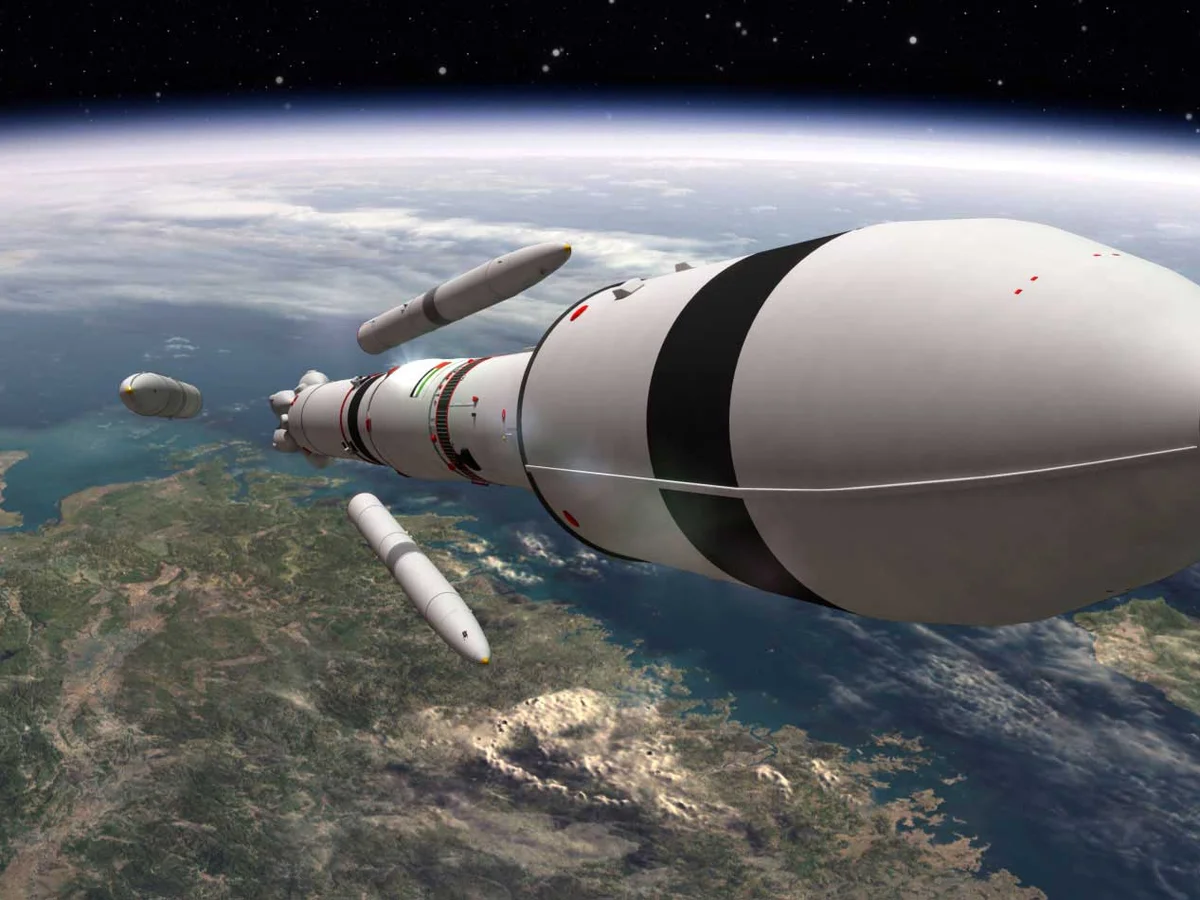In recent years, the United Arab Emirates (UAE) and Saudi Arabia have launched bold space programs, transforming their global image from oil-driven economies to science and technology leaders. These Middle Eastern nations are not only funding satellite launches but also sending astronauts into space and planning missions to the Moon and Mars.
Their space ambitions are part of long-term national strategies to diversify their economies and inspire the next generation of scientists. As of 2025, both countries are investing billions in aerospace development, partnerships, and space research.
UAE’s Hope Probe and Astronaut Milestones

The UAE made history in 2020 when it launched the Hope Probe—the first Arab mission to Mars. The spacecraft entered Mars’ orbit in February 2021 and began sending valuable data on the planet’s weather and atmosphere.
The mission was managed by the Mohammed Bin Rashid Space Centre (MBRSC) in collaboration with international partners including the University of Colorado Boulder and Arizona State University. This achievement placed the UAE as the fifth country in history to reach Mars’ orbit successfully.
More on the Hope Probe mission
In another milestone, Hazzaa Al Mansoori became the UAE’s first astronaut in space in 2019. He spent eight days on the International Space Station (ISS), conducting scientific experiments and educational outreach.
More recently, Sultan Al Neyadi, another UAE astronaut, returned in 2023 after completing a six-month mission aboard the ISS. This marked the longest Arab space mission ever. Al Neyadi’s participation in spacewalks and scientific experiments was widely praised by global space agencies.
Details on UAE astronauts
Saudi Arabia Re-enters the Space Scene
Saudi Arabia has reactivated its space goals with the Saudi Space Commission (SSC) established in 2018. In 2022, the Kingdom launched its Saudi Space Strategy 2030, outlining plans for research, satellite development, and human spaceflight.
In May 2023, Rayyanah Barnawi made history as the first Arab woman in space when she joined a private spaceflight to the ISS via Axiom Space’s Ax-2 mission. Alongside her was fellow Saudi astronaut Ali Al-Qarni, and their mission lasted 10 days.
Explore the Saudi Space Commission
This mission is seen as a key turning point for Saudi Arabia, which had only sent one astronaut before—Prince Sultan bin Salman, who flew aboard the U.S. space shuttle Discovery in 1985.
The Kingdom is now working on building its satellite launch capabilities and training a new generation of scientists. It aims to localize more than 50% of its space sector by 2030.
Moon, Mars, and Beyond: What’s Next for the Gulf?
The UAE and Saudi Arabia aren’t stopping with near-Earth missions. Both countries have expressed long-term goals of landing on the Moon and contributing to Mars colonization efforts.

The UAE has announced plans to build a lunar rover named Rashid, which will explore the Moon’s surface in collaboration with Japan’s iSpace company. The mission was originally set for 2022 but faced delays; a second rover, Rashid 2, is now in development.
Updates on Rashid lunar rover
Meanwhile, Saudi Arabia has committed to the Artemis Accords, a NASA-led initiative aiming to return humans to the Moon by 2026 and establish a sustainable presence. By joining the accords, Saudi Arabia has pledged peaceful space exploration and potential collaboration in lunar missions.
Read about the Artemis Accords
Why These Missions Matter for the Region
The growing space programs of these Gulf nations are about more than scientific prestige. They symbolize a shift toward knowledge-based economies, job creation, and youth empowerment.
In the UAE, the government sees space missions as part of Vision 2031, which includes plans to position the country as a global innovation hub. Saudi Arabia’s Vision 2030 mirrors this effort by reducing oil dependence and investing in tech sectors, including aerospace.
Through partnerships with NASA, SpaceX, Axiom Space, and other international agencies, both countries are making space more accessible to Arab talent. Educational initiatives in STEM (Science, Technology, Engineering, and Math) have seen a major boost.
Challenges Ahead in the Space Race
Despite these advances, UAE and Saudi Arabia face several challenges. Space missions are expensive and require consistent funding, advanced R&D, and skilled personnel.
Additionally, the region lacks a long-standing aerospace manufacturing base compared to the U.S., Russia, or China. Most space missions currently rely on international collaboration, launch services, and equipment.
To overcome these limitations, both nations are investing in domestic space infrastructure, such as research labs, satellite development facilities, and training programs.
Global Recognition and Regional Inspiration
The world is taking notice. Global space leaders like NASA and the European Space Agency have praised the UAE and Saudi Arabia for their rapid progress and collaborative approach.
More importantly, these missions are inspiring young minds across the Arab world. Space exploration has become a symbol of pride, unity, and progress in a region long overlooked in scientific leadership.
With sustained effort and strategic investments, the Gulf is well on its way to becoming a new frontier in space exploration.
In Conclusion
The space missions led by UAE and Saudi Arabia mark a powerful chapter in the Arab world’s history. From Mars probes to astronauts on the ISS and lunar ambitions, these nations are turning dreams into reality.
By combining vision, innovation, and international partnerships, the Gulf states are aiming for the stars—literally.
Also Read – Makkah’s Smart Waste Pilots Could Transform Holy City Forever



